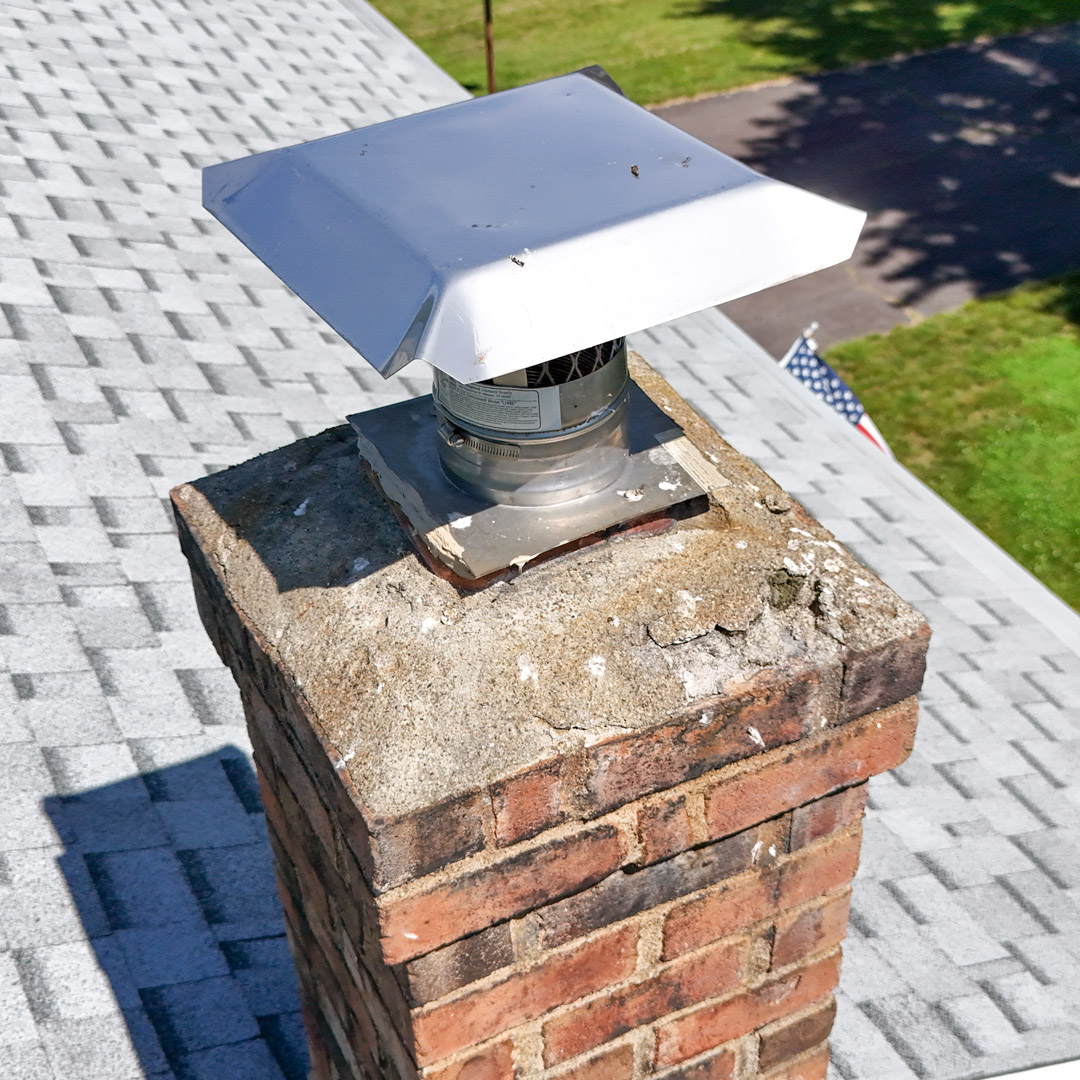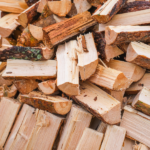Is Your Chimney Crown Cracked or Damaged?
The chimney crown is an essential but often overlooked component of your chimney system. It is the first line of defense against weather elements, protecting the chimney’s structural integrity. However, like any part of your home exposed to the weather, the crown can deteriorate over time, with cracks being a common issue. This blog post explores what causes crowns to crack, why it’s dangerous, and the steps you can take to prevent and fix them.

What Causes a Chimney Crown to Crack?
Chimney crowns crack for various reasons and understanding why it happens can allow you to take steps to prevent it or at least minimize damage.
Poor Construction: Poor construction is one of the most common reasons chimney crowns crack. If the crown wasn’t built with high-quality materials or techniques, it’s more likely to deteriorate faster than a professionally constructed one. Chimney crowns should be made from a solid masonry material, such as concrete, and be thick enough to withstand the elements. If the crown is too thin, it won’t have the necessary strength to resist cracking over time.
Weathering: Chimney crowns are exposed to harsh weather conditions year-round, including rain, snow, and extreme temperature fluctuations. These elements cause the crown to expand and contract, leading to cracks. Freeze-thaw cycles are particularly damaging; water can seep into small cracks during warm weather, and when the temperature drops, the water freezes and expands, causing the cracks to worsen.
Age and Wear: Even the most robust and well-made chimney crowns can deteriorate over time. The constant exposure to the elements can cause the materials to break down, leading to cracks and other damage. Additionally, the house settling can put pressure on the chimney, causing the crown to crack as well.
Material Shrinkage: If the materials used to construct the crown shrink after installation, it can lead to cracking. For example, mortar that’s not properly cured can shrink as it dries, resulting in small cracks that can grow over time.
Why are Chimney Crown Cracks Dangerous?
A cracked chimney crown may seem minor but can be dangerous if not addressed promptly.
Water Damage: The primary danger of a cracked chimney crown is water infiltration. Water seeps through cracks and enters the chimney’s structure, leading to a host of problems, including rusted metal components, damaged flue liners, and compromised masonry. Over time, this can weaken the chimney’s entire structure, making it unsafe to use.
Mold and Mildew: Water entering through cracks can also lead to mold and mildew growth. This affects air quality and can lead to serious respiratory problems for some family members.
Structural Damage: As water infiltrates the chimney, it can cause masonry deterioration. In severe cases this can result in the chimney leaning or collapsing.
Increased Fire Risk: Cracks can also allow embers and sparks to escape from the chimney, increasing the fire risk. Additionally, damaged chimney crowns can allow combustible gases to escape, which could lead to carbon monoxide buildup in the home.
How to Prevent Your Chimney Crown from Cracking
While it’s impossible to stop Mother Nature from taking her toll on your chimney crown, you can take measures to minimize cracking and severe damage.
Waterproofing: Applying a waterproof sealant to your chimney crown can help prevent water from penetrating the surface, significantly reducing the likelihood of cracks forming from water damage.
Regular Inspections: Schedule regular chimney inspections, especially before and after winter. A professional can identify early signs of damage and recommend preventative measures or repairs before the problem worsens.
Install a Chimney Cap: A chimney cap can protect the crown from water and debris, further reducing the risk of cracks.
How to Fix a Cracked Chimney Crown
If the chimney crown is already cracked, it’s crucial to address the issue as soon as possible to prevent t the damage from worsening. Here are some tips.
Minor Cracks: Applying a waterproof sealant may be sufficient for small hairline cracks. This will prevent water from entering and making it worse.

Moderate Cracks: If the cracks are more significant but the crown is still structurally sound, a crown coat may be applied. This flexible sealant can fill larger cracks and provide a durable, waterproof layer.
Severe Damage: If the crown is severely cracked or deteriorated, consult a professional to see if it can be salvaged or needs to be rebuilt.
Chimney Solutions Has Your Chimney Covered
Whether you need chimney crown repair, sweeping, inspection, maintenance, or anything else, you can trust the pros at Chimney Solutions. We’re Indiana’s go-to chimney and fireplace contractor with over 20 years of experience. We also sell and service fireplaces and stoves. Call us today.




